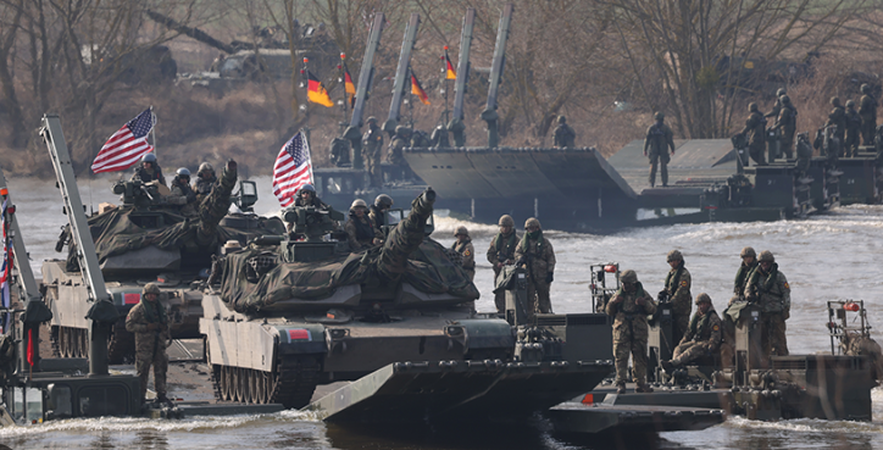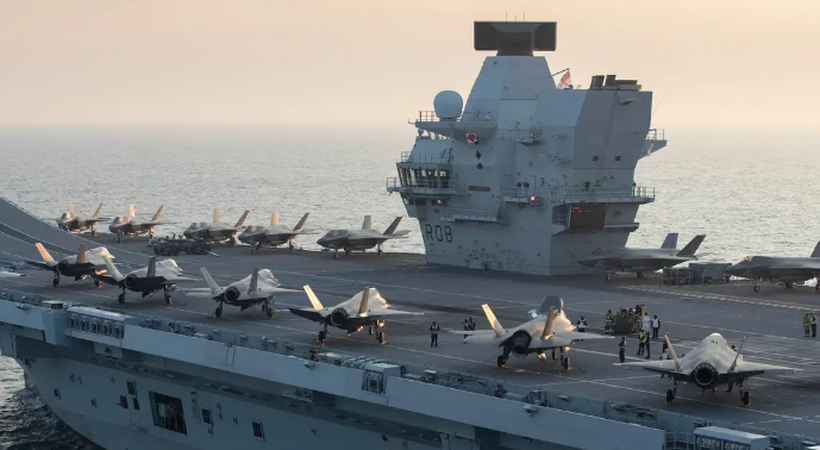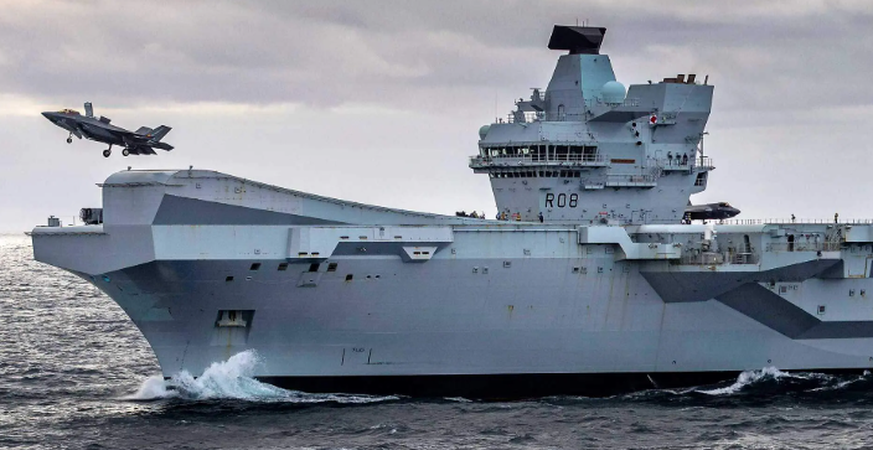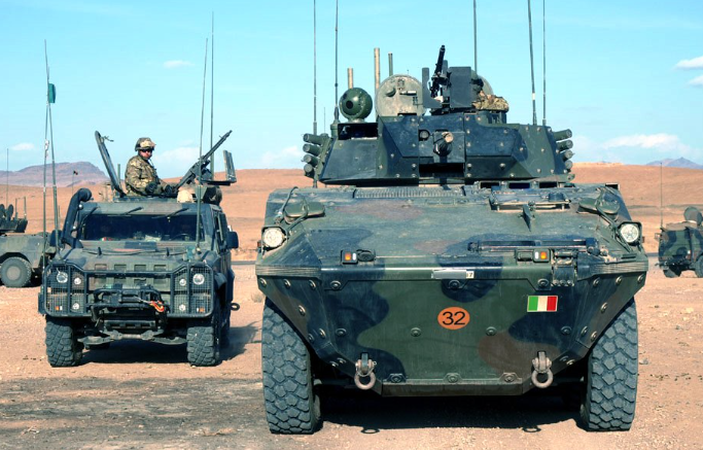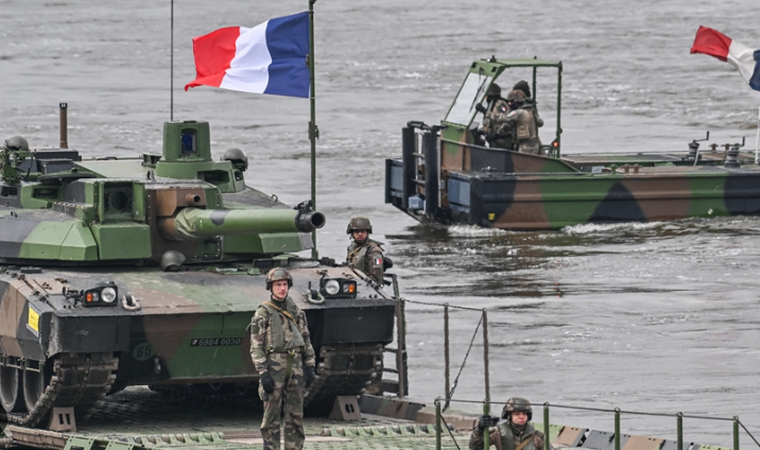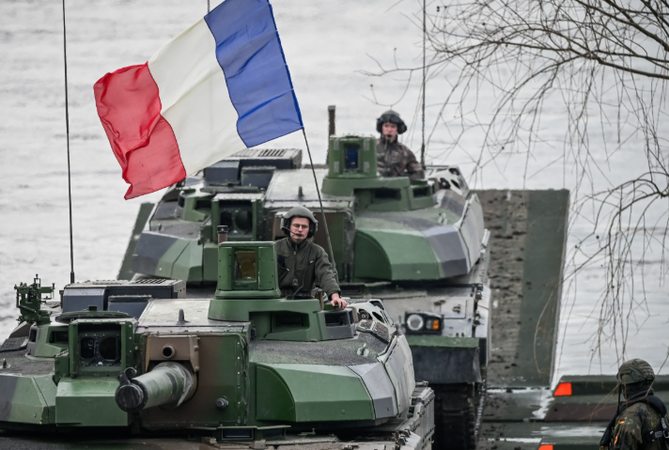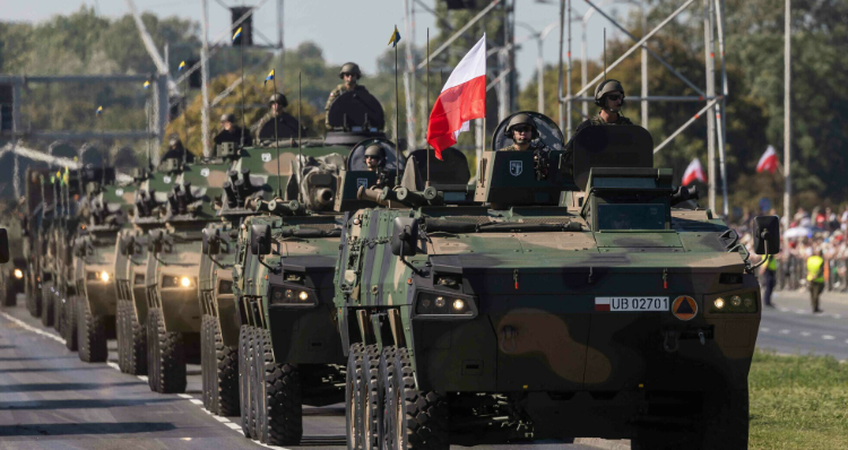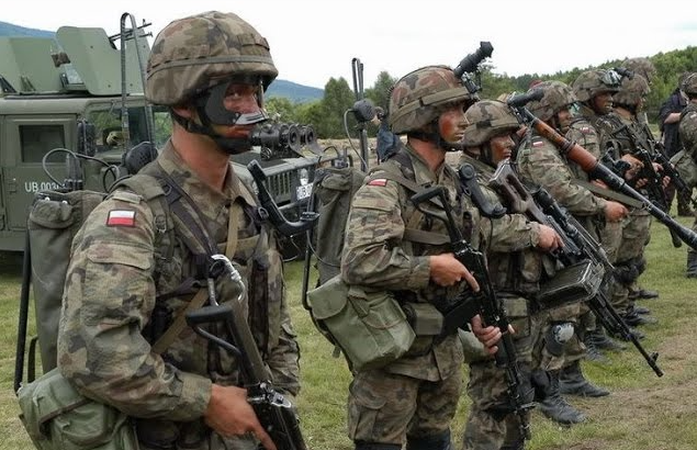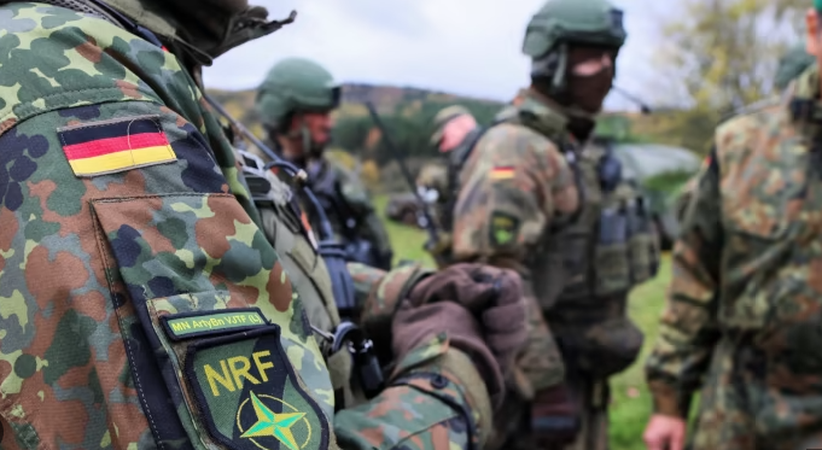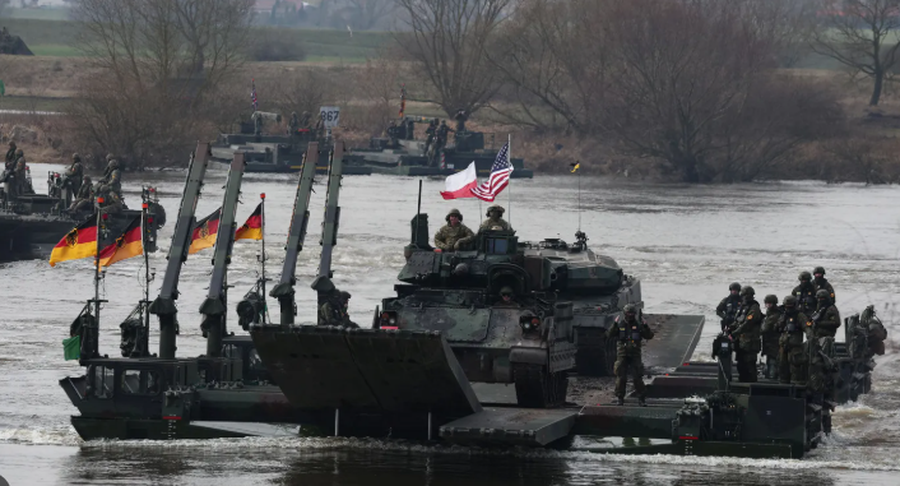
Germany's foreign minister called for defense spending of five percent of GDP. Other European countries are also massively increasing their military budgets.
Donald Trump may feel vindicated: Germany's new Foreign Minister Johann Wadephul is demanding that the new German government invest five percent of its gross domestic product (GDP) in defense.
This was announced at the meeting of NATO Foreign Ministers in Antalya, Turkey.
Germany supports NATO Secretary General Mark Rutte's proposal to allocate 3.5 percent for military purposes and an additional 1.5 percent for defense-related infrastructure, the minister said.
However, final clarity on the investments of all NATO states will probably only come at the crucial NATO summit in The Hague at the end of June.
Just the day before, Chancellor Friedrich Merz had announced in his government statement to the Bundestag that he wanted to expand the Bundeswehr into "Europe's strongest conventional army."
But other European countries are also formulating ambitious goals:
Poland – NATO's eastern bastion
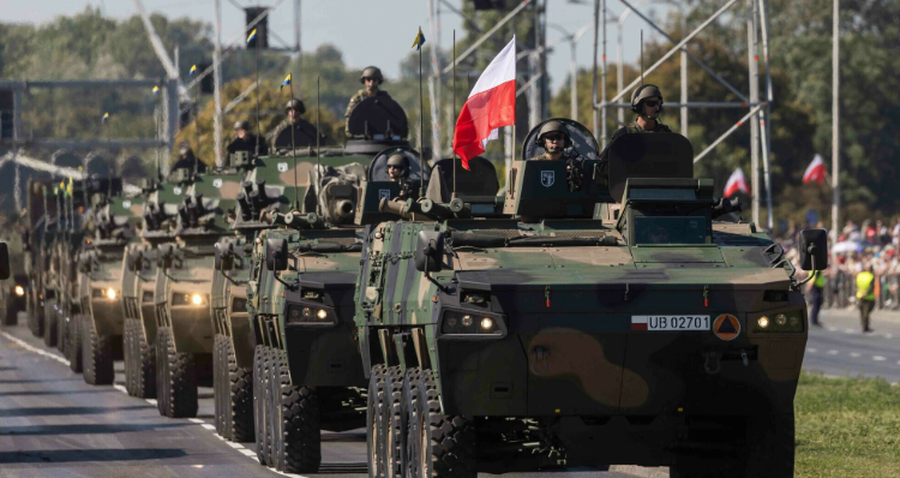
Poland has been investing heavily in its armed forces for years – with the aim of becoming the strongest land power in Europe. Last year, 4.12 percent of economic output went to the defense budget. The stated goal of the largest state on NATO's eastern flank: effectively deterring Russia.
The Polish army currently has about 150,000 soldiers in the professional army and territorial defense. By 2035, the number is expected to increase to 300,000. At the same time, the Polish army and air defense are being modernized: more than 600 battle tanks – ordered from South Korea and the USA, – as well as HIMARS missiles, drones. In the future, F-35 fighter jets will strengthen the Polish army and air defense. The Polish navy, on the other hand, is considered quite weak.
Germany: From hesitant to leader?
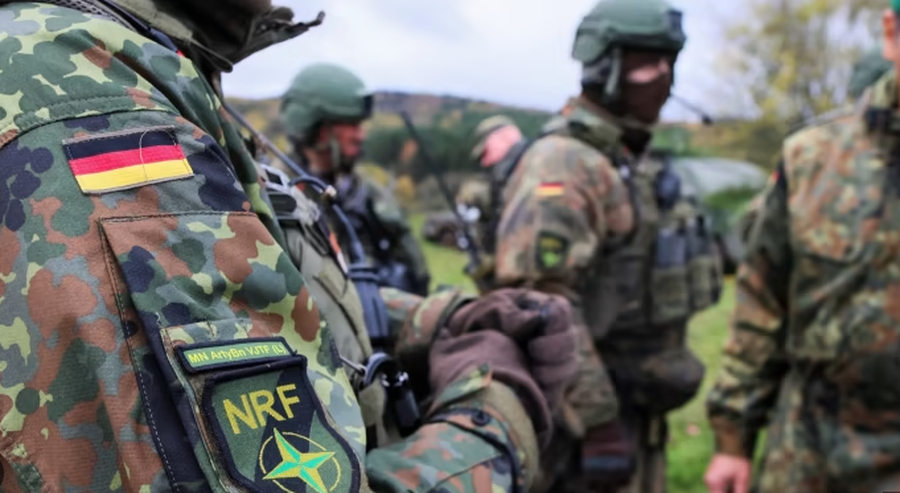
With the announced increase in defense spending to five percent of gross domestic product, Germany would make a security policy shift of historic proportions. Since the end of the Cold War, the Federal Republic had relied on international cooperation, diplomacy, and a “culture of military restraint.”
The turning point was marked by Chancellor Olaf Scholz's so-called "Zeitenwende" speech on February 27, 2022, three days after the Russian invasion of Ukraine. Immediately after this speech, the federal government made a special fund of 100 billion euros available for the Bundeswehr.
In 2024, regular defense spending amounted to about 90 billion euros, or about 2.1 percent of GDP.
A five percent increase would require a defense budget of over 160 billion euros per year in the future. This doubling would have major budgetary implications.
The Bundeswehr currently has around 182,000 active-duty soldiers. The Ministry of Defense aims to have a personnel strength of at least 203,000 by 2031, although a target of 240,000 is also being discussed in some cases.
Continuous modernization affects all areas of the armed forces: outdated tanks, aircraft and ships must be replaced, digitalization and leadership capabilities must be expanded.
The main industrial concerns in Germany are Rheinmetall, Airbus Defense and Space, and Diehl Group, which, together with foreign partners, are increasingly operating with an export focus.
France: Nuclear power with global ambitions
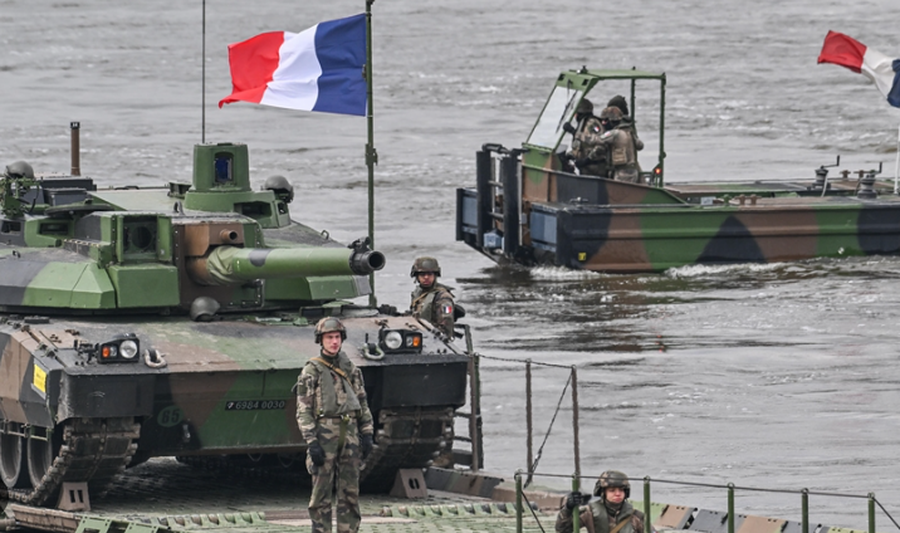
France is the only nuclear power in the EU and pursues a strategy of global presence and military independence. Some 203,000 soldiers serve in the army, plus 175,000 members of paramilitary units such as the gendarmerie and 26,000 reservists.
With the nuclear-powered aircraft carrier Charles de Gaulle and strategic submarines, the French navy possesses a powerful nuclear deterrent component. Rafale fighter jets aim for air superiority and are also equipped to carry nuclear weapons.
Since taking office in 2017, President Emmanuel Macron has achieved a significant increase in the defense budget. In a dramatic televised speech in early March, the president informed the population in detail about the “Russian threat” threatening Europe. Therefore, the French defense budget should almost double.
Great Britain: Heavily armed but vulnerable
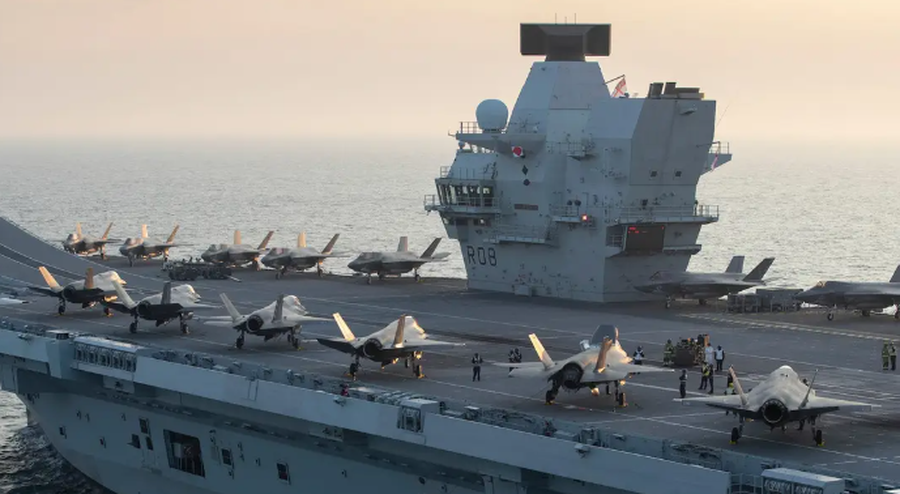
With a target of around 2.4 percent of GDP, the UK also wants to increase its defense spending, focusing on high-tech: drones, artificial intelligence and laser systems.
The Royal Navy, with two aircraft carriers, of which only one is usually operational, and the Air Force are considered very modern. The backbone of the air force are the F35B fighter jets from the US, of which the government intends to purchase a total of 138.
However, the British armed forces are relatively small, with around 140,000 active soldiers (4,000 of whom are Gurkhas, Nepalese in the British forces). Unlike many EU countries, there are currently no significant increases in the number of soldiers planned.
Prime Minister Keir Starmer has repeatedly stressed loyalty to the alliance and global operational capability. The UK's military equipment is more dependent on American technology than many EU countries. This also applies to nuclear weapons deployed on submarines.
Italy: Naval power, land power in need of improvement
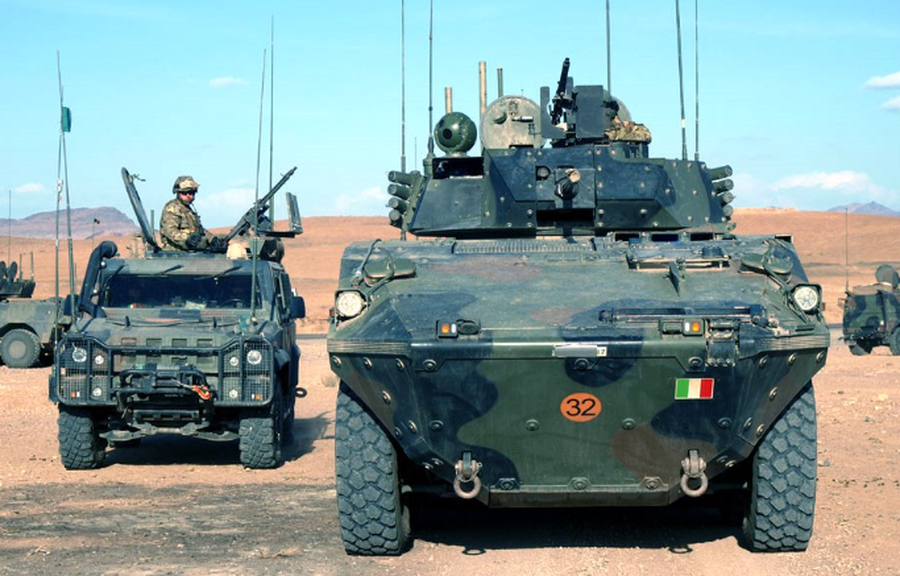
Italy, with 1.49% of total GDP in 2024, is still well below the previously required target of at least two percent. However, with 165,000 active soldiers, two aircraft carriers and a powerful air force (Eurofighter, F-35), the country is one of Europe's military heavyweights.
The ground forces, however, are considered outdated and in need of reform. This is about to change: Prime Minister Giorgia Meloni wants to make Italy the strongest tank power in Europe. To this end, more than 1,000 main battle and multi-purpose tanks were ordered from Rheinmetall. Strategically, Italy focuses on the Mediterranean region and the security of global trade routes.
The global balance does not change.
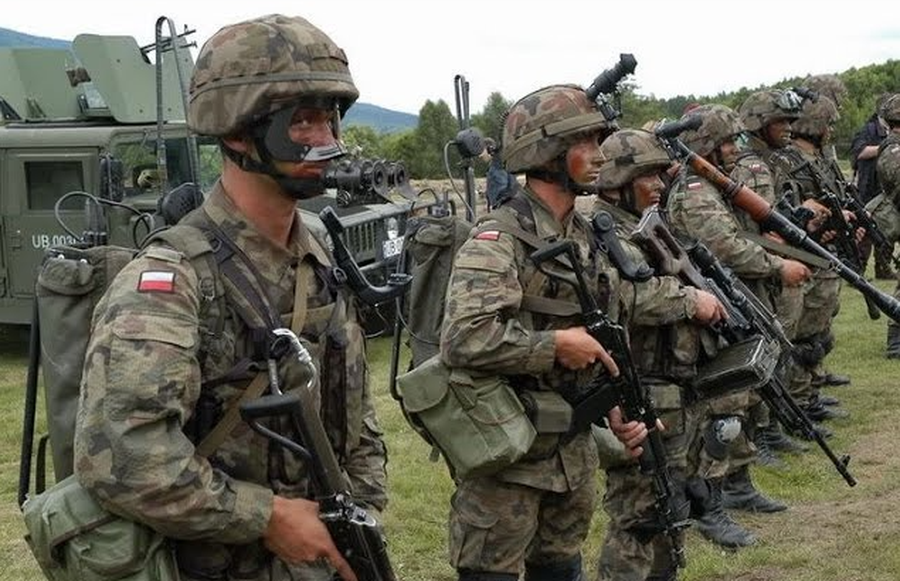
Multi-billion-dollar armament programs in Europe will not change the global ranking of military powers much in the medium term. The USA clearly leads the ranking, followed by Russia, China and India. The leading European power, Great Britain, comes only in sixth place. France ranks ninth, Germany is currently in eleventh place.
The "Global Firepower" platform evaluates over 60 indicators, from the number of tanks and naval capabilities to the size of the military-age population, to make global military power comparable. / DW / (A2 Televizion)

